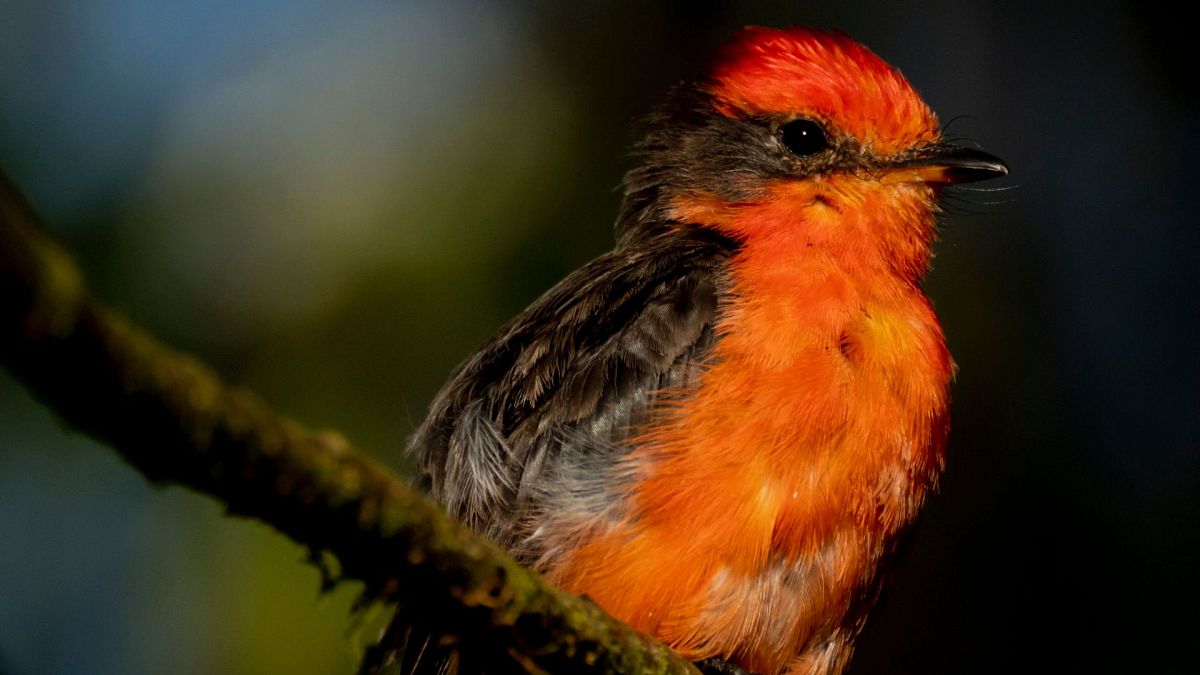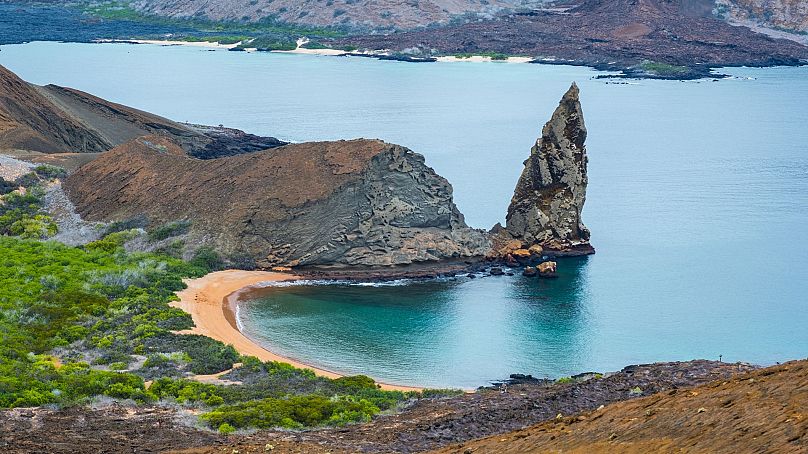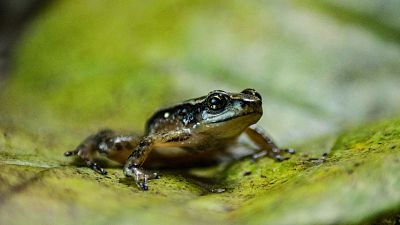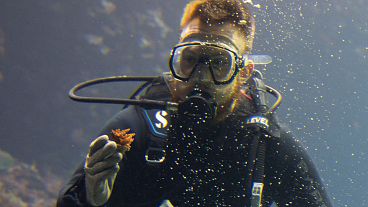Conservationists rejoice ‘new hope’ as tiny Galápagos Island birds make promising comeback.
Darwin's flycatchers are on the edge of extinction. But conservation experts now think the tiny bird could be making a comeback.
Known for their striking vermillion plumage, the charismatic birds can be found only in the Galápagos Islands.
The International Union for Conservation of Nature (IUCN) has labelled them ‘vulnerable.’
But on the island of Santa Cruz, 12 new chicks have been born this year, officials have revealed.
There are just 15 breeding pairs - meaning each chick that is born is a “new hope to save this species,” says the reserve's director, Danny Rueda.
"These 12 new birds constitute a veritable success since initiating the program in 2018 and finally getting results."
How are conservationists hoping to save Darwin’s flycatcher?
The unique ecosystem of the Galápagos Islands - 1,000km from the coast of Ecuador - has evolved over many millions of years. From giant tortoises to squawking sea lions, the archipelago is filled with iconic and beloved species.
Observing this unique flora and fauna led British scientist Charles Darwin to develop his theory of evolution in the 19th century.
These tiny Flycatchers are named for the British scientist. They reside on other islands in the chain, like Pinzon, but their population was particularly threatened on Santa Cruz.
Like many other species on the isolated archipelago, invasive species and habitat destruction are putting them as risk.
Invasive species have been introduced through human activities such as the introduction of non-native plants for agriculture, the release of domestic animals like goats and pigs, and the arrival of non-native species on ships.
But officials are fighting back with dedicated conservation efforts, establishing six, one-hectare protection sites especially for the birds.
"These areas have been cleared of invasive species such as blackberry and other species that alter this ecosystem, allowing the adult little vermilion flycatcher to feed on the surface of the ground,” Reueda says.
“In all these cleared areas … little vermilion flycatchers are able to get food to take to their nests."
The conservation program is a joint project with the Charles Darwin Foundation, the University of Vienna and the nonprofit Galapagos Conservancy.
Watch the video above to see the return of Darwin's flycatchers in the Galápagos Islands.




